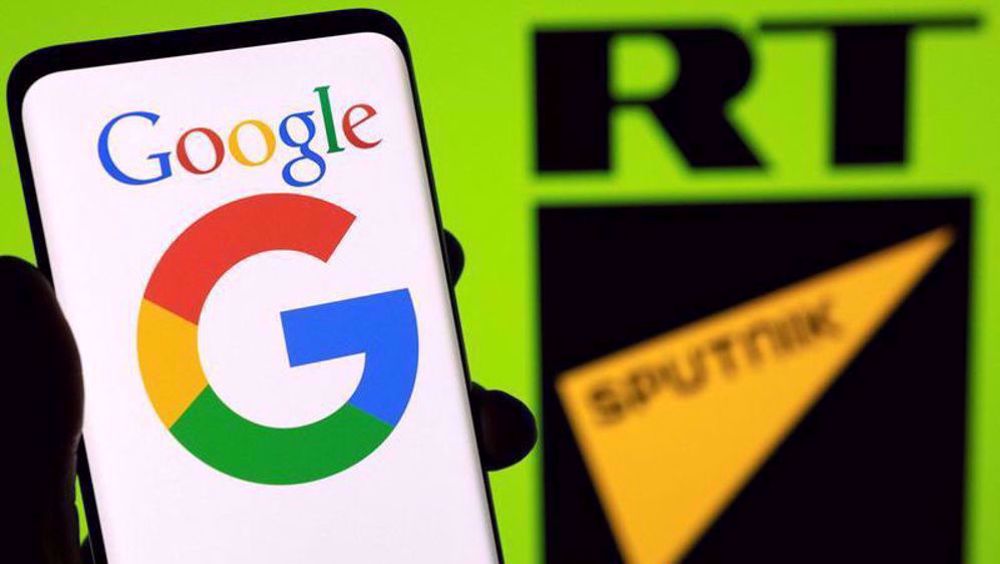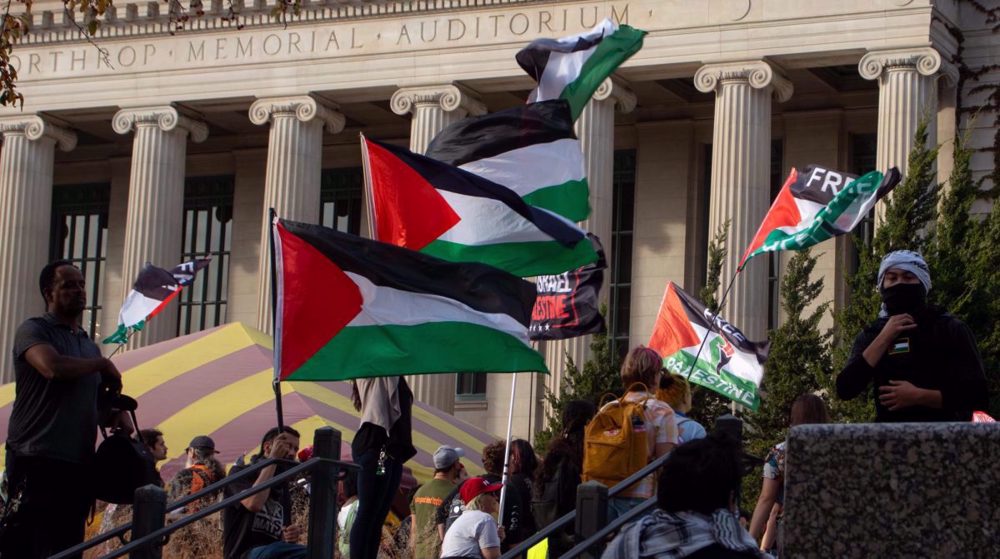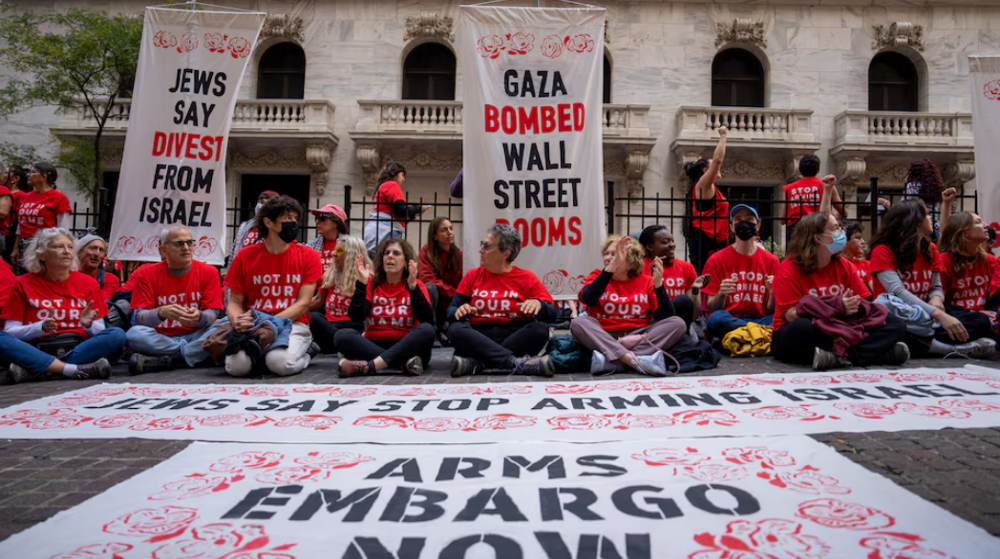US COVID-19 hospitalizations top 100,000 as California readies new restrictions
The United States topped 14 million known COVID-19 infections on Thursday with over 100,000 patients hospitalized for the first time as California imposed stay-at-home orders to take effect when intensive care units approach capacity in the coming days.
The latest round of California restrictions, going beyond any now in place across the United States, will be triggered on a region-by-region basis when available ICU-bed space falls to 15% of capacity or less in any of five designated geographic areas of the state.
California Governor Gavin Newsom said four of the regions, including Southern California, the most populous, were on track to reach the 15% threshold this week, with the San Francisco Bay area expected to follow by mid- to late December.
The stay-at-home restrictions will begin with 48 hours' notice and remain in effect for at least three weeks once they are imposed. California is the most-populous US state, with almost 40 million residents.
"If we don't act now, our hospital system will be overwhelmed. If we don't act now, we will continue to see the death rate climb," Newsom said in an online presentation streamed live from his home in suburban Sacramento.
Under the plan, residents are required to remain at home and avoid travel except as necessary for permitted activities, such as grocery shopping, medical appointments, dog walks and individual outdoor exercise.
The order, when activated, also places new restrictions on a host of commercial activities.
Newsom stressed that the measures, while stringent, would be temporary, as vaccines from several pharmaceutical companies were nearing US regulatory approval for distribution. Plans call for healthcare workers and nursing home residents to be first in line for initial doses of the vaccine, which health officials say could arrive as early as the middle of this month.
State and local authorities across the country have acted in recent weeks to impose a wide range of limitations on social and economic life in hopes of blunting an alarming resurgence of coronavirus infections after a late-summer lull.
The public health crisis has taken on more dire dimensions following a week of Thanksgiving holiday celebrations in which millions of Americans disregarded warnings against traveling and large gatherings, setting the stage for an even greater COVID-19 surge threatening to kill 3,000 people a day over the next two months.
Globally, the coronavirus death toll on Thursday stood at 10,000 people every day on average over the past week, amounting to a total of 1.5 million deaths since the start of the pandemic, according to a Reuters tally.
The US daily toll from COVID-19 reached its second-highest level ever on Wednesday with 2,811 lives lost, according to a Reuters tally, just one shy of the record set April 15.
Dr. Robert Redfield, director of the US Centers for Disease Control and Prevention (CDC), warned on Wednesday that December, January and February were likely to be "the most difficult time in the public health history of this nation."
"Before we see February, we could be close to 450,000 Americans that have died from this virus," Redfield said. At least 273,000 people in the United States have perished from the highly contagious respiratory virus since February.
Hope on horizon
Besides the sobering loss of life, healthcare systems across the country face the prospect of resources and personnel being strained to the point of collapse.
In the Midwest, Governor Mike DeWine said on Thursday that Ohio's hospitals "not only remain in crisis but the crisis is worsening," as his state reported its fifth-highest case count of the pandemic.
Michigan Governor Gretchen Whitmer said on Thursday she may extend a three-week "pause" on some private and economic activities.
Vaccines offer a ray of hope, with two promising candidates poised to receive emergency use authorization from the US Food and Drug Administration this month.
But inoculations face reluctance from significant numbers of Americans who reject medical science, as well as from those wary of the safety of vaccines developed at record speed.
Moreover, many Americans still refuse to follow even basic public health guidance such as wearing masks and avoiding crowds.
Former US Presidents Barack Obama, George W. Bush and Bill Clinton have volunteered to get their COVID-19 shots on television to promote their safety.
"I may end up taking it on TV or having it filmed, just so that people know that I trust this science," Obama said in an interview that aired on Thursday.
President-elect Joe Biden said on Thursday he would also publicly take a coronavirus shot to demonstrate its safety. He added that he asked the nation's top adviser on the pandemic, Dr. Anthony Fauci, to stay on as a chief medical adviser when the new administration takes office next month.
At least one former skeptic said she and her husband would take the vaccine, given the surge in infections and her high blood pressure and age, which increase her risk of severe illness.
"I didn't think I'd say this, but right now, yeah, I absolutely would," said Nina Lyons, 65, a retiree living in Pittsburgh. "I trust it. And if there's repercussions along down the line I am going to say that it's worth taking that risk."
(Source: Reuters)
Israeli forces kill 7 more Palestinians in West Bank
Israel’s Netanyahu dismisses military affairs minister Gallant
Hezbollah attacks turn Israel’s Haifa into a ghost town
Iran’s FM meets Pakistani PM, discusses bilateral ties, Israeli atrocities
Iran ramps up gasoline output amid rising demand
UK foreign secretary under pressure over denial of genocide in Gaza
VIDEO | Press TV's news headlines
Hezbollah bombards explosives factory in occupied territories














 This makes it easy to access the Press TV website
This makes it easy to access the Press TV website